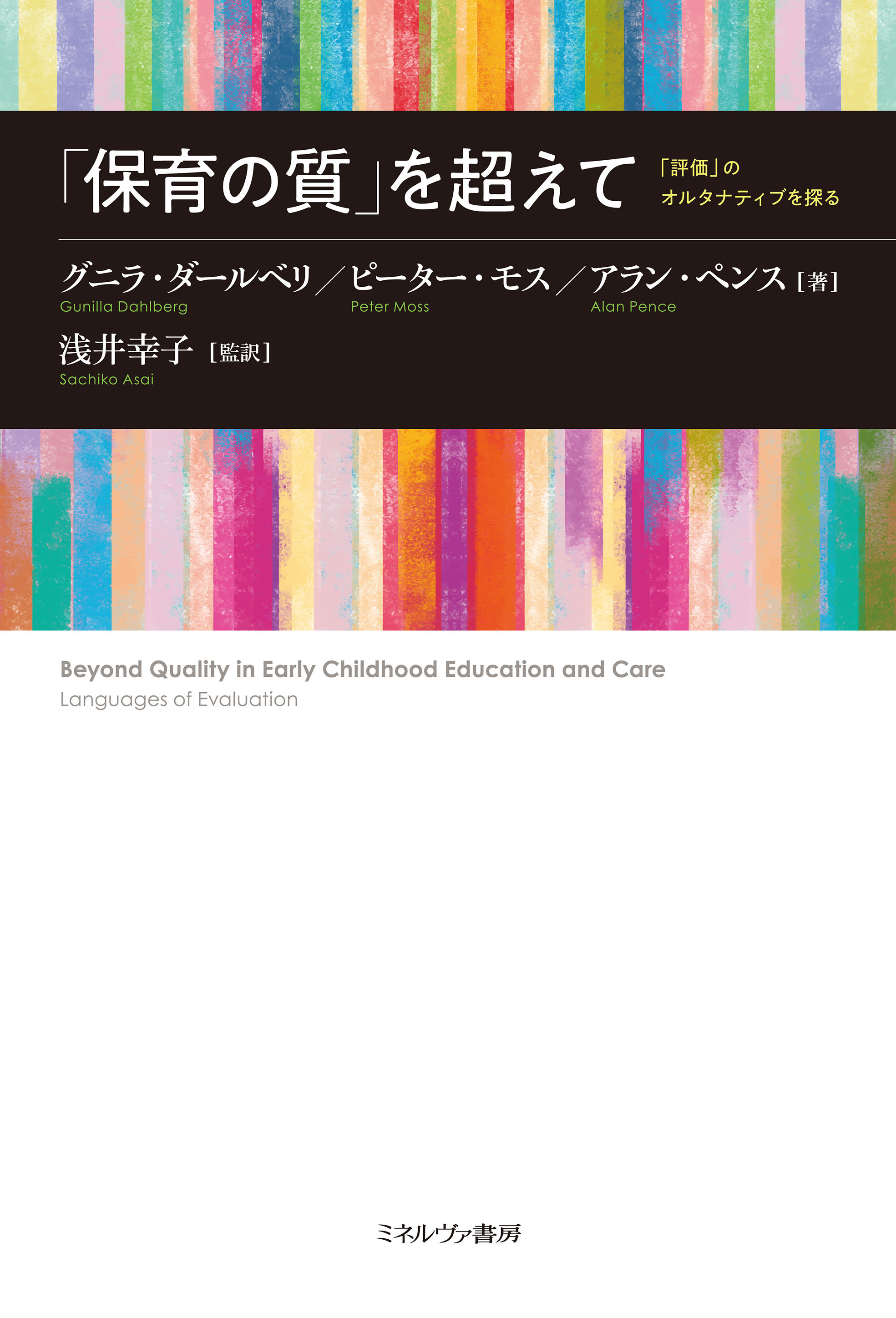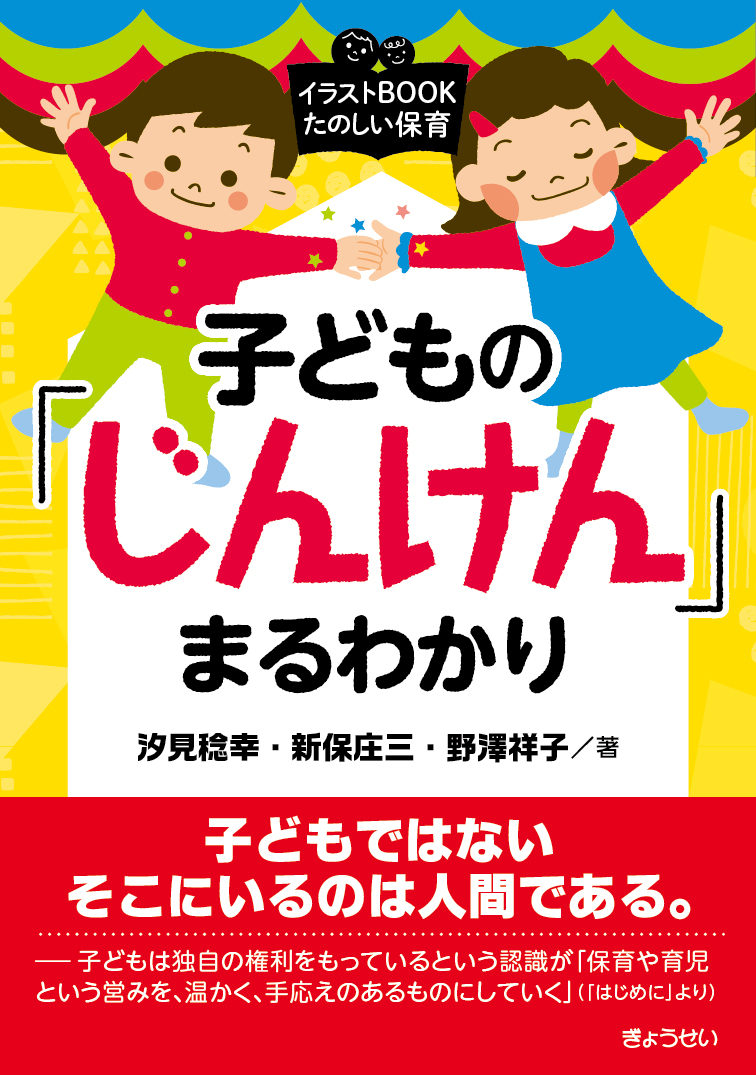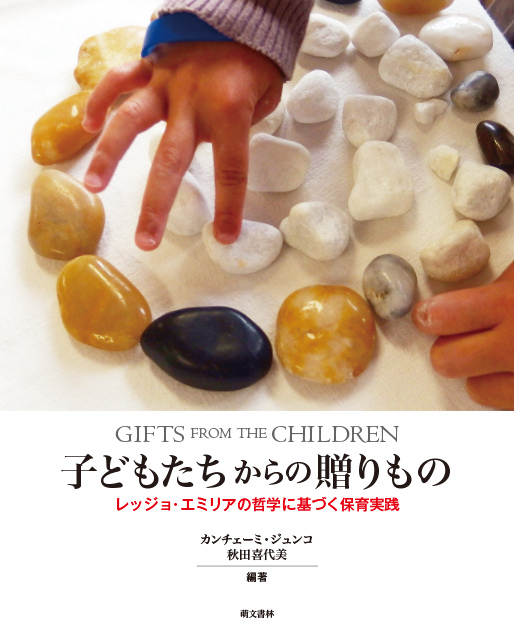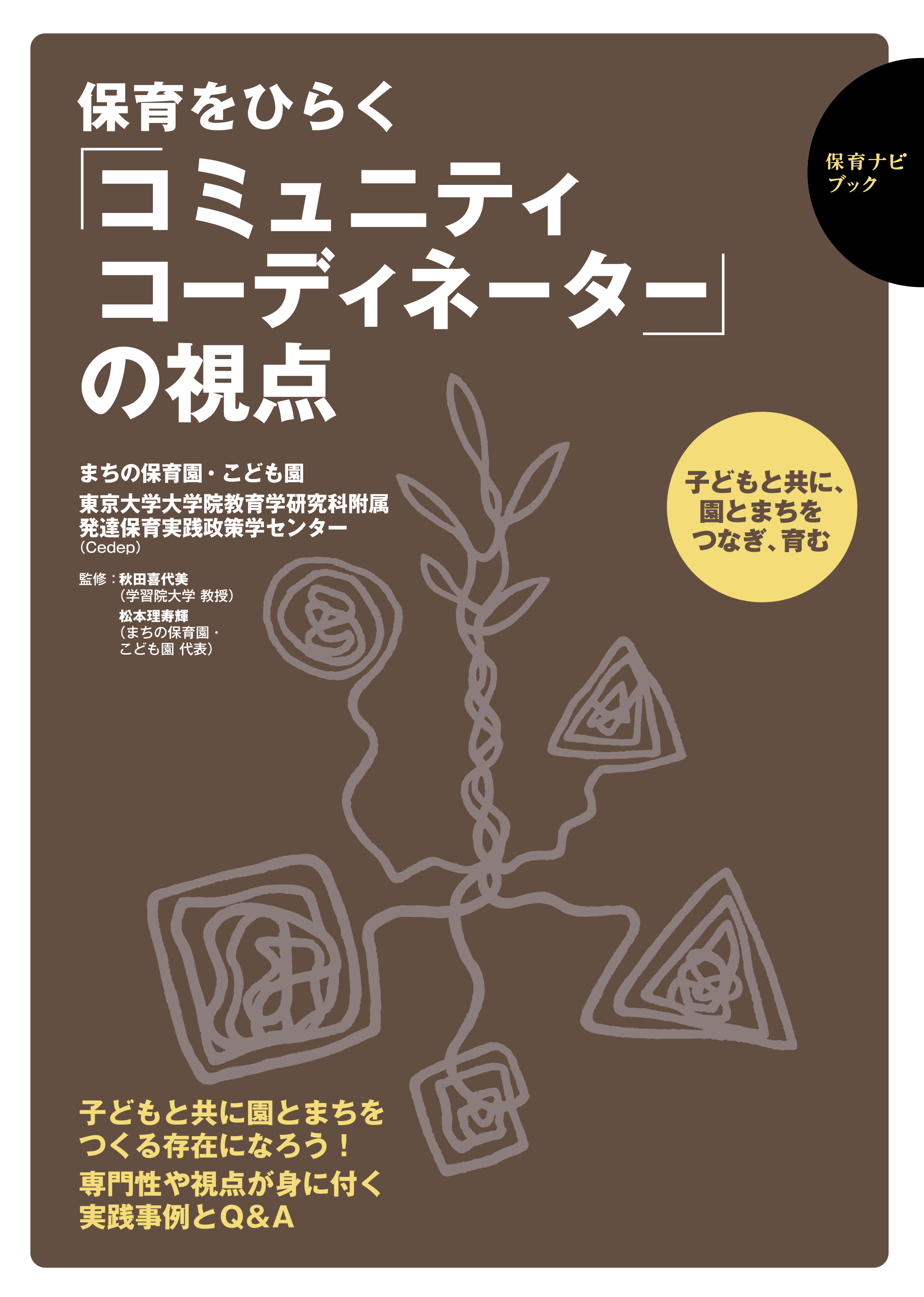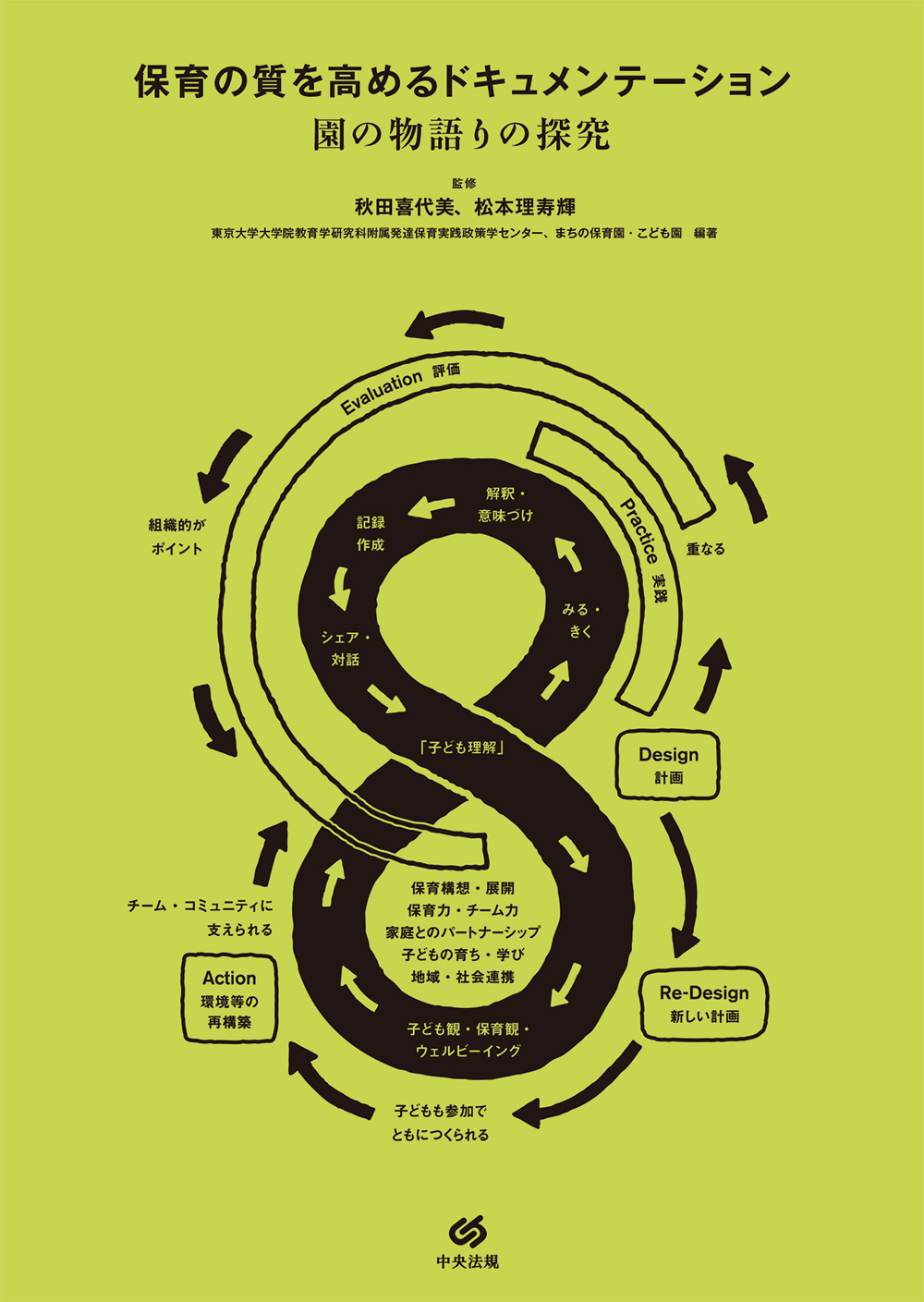
Title
A Study on Childcare Facilities Hoiku no Shitsu o takameru Documentation (Pedagogical Documentation That Enriches the Quality of Early Childhood Education and Care)
Size
180 pages, B5 format
Language
Japanese
Released
April 20, 2021
ISBN
978-4-8058-8207-8
Published by
Chuohoki Publishing Co., Ltd.
Book Info
See Book Availability at Library
Japanese Page
This book was written as part of a joint study between the Center for Early Childhood Development, Education, and Policy Research (CEDEP), attached to the University of Tokyo Graduate School of Education, the Machi-no-Hoikuen/Kodomoen and Natural Smile Japan, which operates the Machi-no-Hoikuen/Kodomoen, nurseries and certified child centers valued on the community and Japan Institute of Reggio Emilia Alliance (JIREA), the Japanese base of the international network for the Reggio Emilia Approach.
The Reggio Emilia Approach is an approach to early childhood education in the city of Reggio Emilia in northern Italy. In the 1990s, it was reported as the world's most advanced approach to early childhood education by Newsweek magazine in the United States. Through this, the approach gained worldwide attention, and has been practiced and developed in many country since. The pedagogy of the approach, also known as “the pedagogy of listening and relationships,” places importance on closely listening to the learning of children who pay attention to their surrounding world, and building knowledge in relationships with others.
Pedagogical documentation plays an important role in education in Reggio Emilia. In the “Charter for Infant-toddler Centers and Infant-toddler Care Practices in the Municipality of Reggio Emilia,” which is a document that details the philosophy and system of infant-toddler education in Reggio Emilia, pedagogical documentation is described as “an activity that involves generating and collecting records of the initiatives implemented with children.” In other words, it refers to records that are created in various ways, such as videos, audio recordings, photographs, and notes. However, it stresses that pedagogical documentation should not be kept as mere records of practices, but should be shared and discussed among teachers, children, and parents, to discover the meaning and value of children's learning.
This book summarizes the pedagogical documentation and ideas that were created while learning from Reggio Emilia's philosophy and practices in Japanese early childhood education and care. In writing this book, Kiyomi Akita, the former Director of CEDEP and now a professor at Gakushuin University/professor emeritus at the University of Tokyo, raised the question, “What would constitute as meaningful quality of pedagogical documentation for children, practitioners , parents, and early childhood education and care facilities?” After exploring this question, Rizuki Matsumoto, the representative of the Machi-no- Hoikuen/Kodomoen, and all the staff at the school created a model called “dokyumenteshon no 8 no ji (Figure 8 Documentation).” In this book, you can experience the richness of children's learning and early childhood education and care from many documentation photos, and learn about the ideas behind pedagogical documentation through the “hachi no ji (Figure 8)” model. In addition, pedagogical documentation from early childhood education and care facilities other than the Machi-no-Hoikuen/Kodomoen is also presented. Through this, we hope that you will be able to appreciate the variety in pedagogical documentation practices.
(Written by NOZAWA Sachiko, Associate Professor, Graduate School of Education / 2022)



 Find a book
Find a book


 eBook
eBook